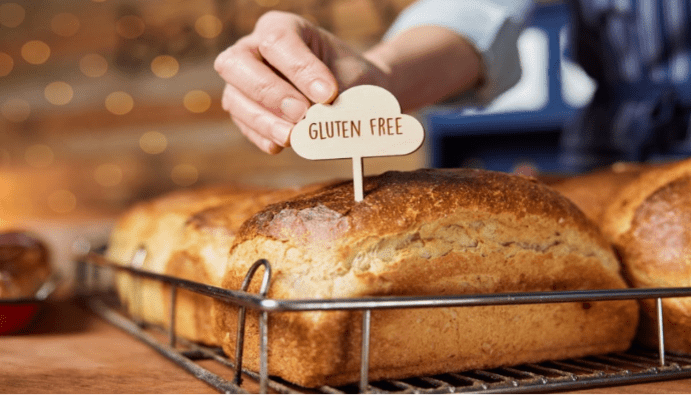What is Gluten Determination? Information About Methods
What is Gluten? Why is it Tested?

What is Gluten?
Gluten is a protein mixture found in cereals such as wheat, barley, rye and oats, which is formed by mixing the flours of these cereals with water. Gluten provides structure, especially in food products such as bread and bakery products, and increases the consistency, texture and elasticity of these products. Gluten determination is an analysis to determine the amount of gluten in foods. By measuring the presence and amount of gluten, this analysis helps ensure accurate labeling of gluten-containing food products and ensures food safety, especially for individuals with gluten intolerance or celiac disease.
Why is Gluten Determination Performed?
- Celiac Disease and Gluten Intolerance: Celiac disease is a disease in which the immune system is damaged when people consume foods containing gluten. Gluten intolerance is a milder condition, but can still cause discomfort. Gluten determination is done to ensure that individuals with these diseases can safely consume food. Food products with detected gluten content are labeled and made safe for celiac patients and those with gluten intolerance.
- Labeling and Legal Regulations: Proper labeling of food products is essential to comply with legal regulations. In many countries, products containing gluten must be labeled correctly. According to food codexes, products whose gluten content falls below certain limits can be labeled as gluten-free.
- Production Quality Control: Gluten content is an important factor determining the quality of food products such as flour and bakery products. Gluten determination is performed to check whether these products provide the desired consistency, elasticity and structure.
- Consumer Health: For celiac patients and people with gluten intolerance, food products whose gluten content is determined can be consumed in a healthy and safe way.
Importance of Gluten Determination
- Consumer Health and Safety: People with gluten intolerance and celiac disease can experience serious health problems if they consume foods containing gluten. Therefore, gluten content in food products must be accurately identified and labeled. Gluten determination is a critical step to minimize health risks.
- Control of Product Quality: Gluten determines the structural properties and texture of bakery products. Gluten determination is important for controlling the quality of products such as bakery products and ensuring the desired texture and elasticity.
- Regulatory Compliance: In many countries, the correct labeling of products containing gluten is mandatory. Gluten determination is essential to ensure that products are labeled correctly and comply with legal regulations. For example, in the US, the gluten level in a food product must be below 20% ppm to be labeled gluten-free.
- Producer Safety and Brand Trust: By determining gluten, manufacturers can prove the quality and purity of their products. This increases the credibility of brands and gains consumer trust.
Nanolab Laboratories Group continues to provide services within the scope of Gluten Determination. We also provide services in Allergen Analysis in Foods.
Contact us for more information.
You can follow us on LinkedIn for up-to-date news and posts about our services.
Follow our Instagram account to be informed about our latest blog posts.

